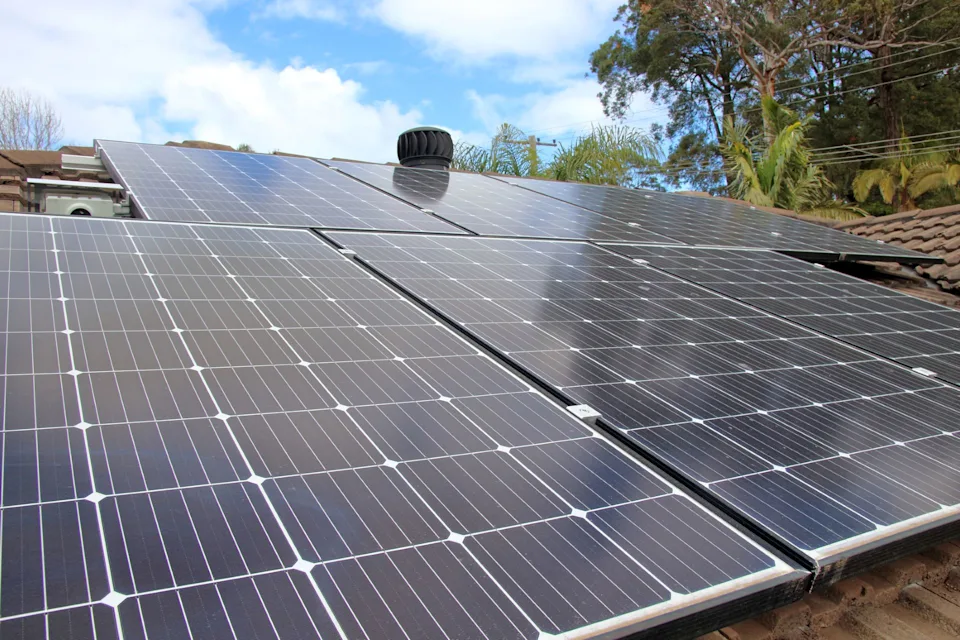
Australia’s rooftop solar market bounced back strongly in September 2025, with 237 MW of small-scale PV installed — a 16.6 per cent rise over the previous month — as many households turn to solar-plus-storage systems.
At the same time, registrations of small-scale battery energy storage systems (ESS) reached 639 MWh — up 55 per cent month-on-month, and equivalent to three-quarters of all battery capacity installed in 2024 in a single month.
SunWiz Managing Director Warwick Johnston said the data busts early fears of a storage plateau, noting a clear shift in consumer behaviour. “After the initial rush of battery-only installations, PV-plus-ESS is now the dominant choice,” he said.
While small-scale solar is recovering, overall volumes remain below historical norms. The 237 MW installed in September is still about 10 per cent under the same month in 2024, and year-to-date, they are 15 per cent behind last year’s pace.
All states recorded gains in September. Western Australia led with a 28 per cent month-on-month increase, while New South Wales saw the most considerable absolute MW uplift.
On the system-size front, the 75–100 kW PV range grew strongly, but notable gains were also recorded in sub-3 kW systems — likely reflecting extensions of existing systems to pair with batteries.
There was also increased uptake in 8–10 kW and 15–20 kW systems. Overall, the national average PV size rose to 10.4 kW (from 10.16 kW in August).
Battery sizes climbed too — in September the average stood at 24.40 kWh (vs. 21.36 kWh in August and 19.84 kWh in July).
In terms of installations by state, NSW led with 238 MWh, followed by Queensland (130 MWh) and Victoria (107 MWh).
SunWiz noted that the 30–50 kWh battery segment saw the most growth, driven by users seeking to maximise the federal battery rebate. Interest is also rising from small businesses.
Related developments in the solar-and-battery sector
- The amount of solar energy generated in the National Electricity Market (NEM) went up 17.8 per cent in September, reaching 3,933 GWh as spring daylight hours lengthened.
- In the first half of 2025, rooftop solar accounted for 12.8 per cent of Australia’s electricity generation, with more than 1.1 GW of new PV capacity installed nationwide.
- The federal Cheaper Home Batteries programme — offering roughly 30 per cent off upfront battery costs — is credited with fuelling much of the recent surge in battery adoption.
- Earlier in July, Australia recorded a milestone: for the first time, more residential battery systems were registered in a single day than rooftop solar systems — reflecting changing dynamics in the distributed energy market.
- On the regulatory front, Ausgrid’s proposed Community Power Network — a $180 million plan combining solar and battery storage under the distributor’s control — was blocked by the Australian Energy Regulator amid concerns over market distortion.
- Institutional interest is also rising: Dutch pension giant APG has pledged A$1 billion to Octopus Australia to back solar and battery projects, including ones in New South Wales and Queensland.
- Meanwhile, environmental concerns are surfacing. Alarm has been raised over a growing solar panel waste problem — nearly 60,000 tonnes are reportedly ending up in Australian landfills each year, partly due to mass upgrades triggered by new incentives.
- Political debate has also heated up: while the Albanese government defends the battery subsidy as a long-term benefit, the Coalition has attacked it as favouring wealthier households and underestimating costs.